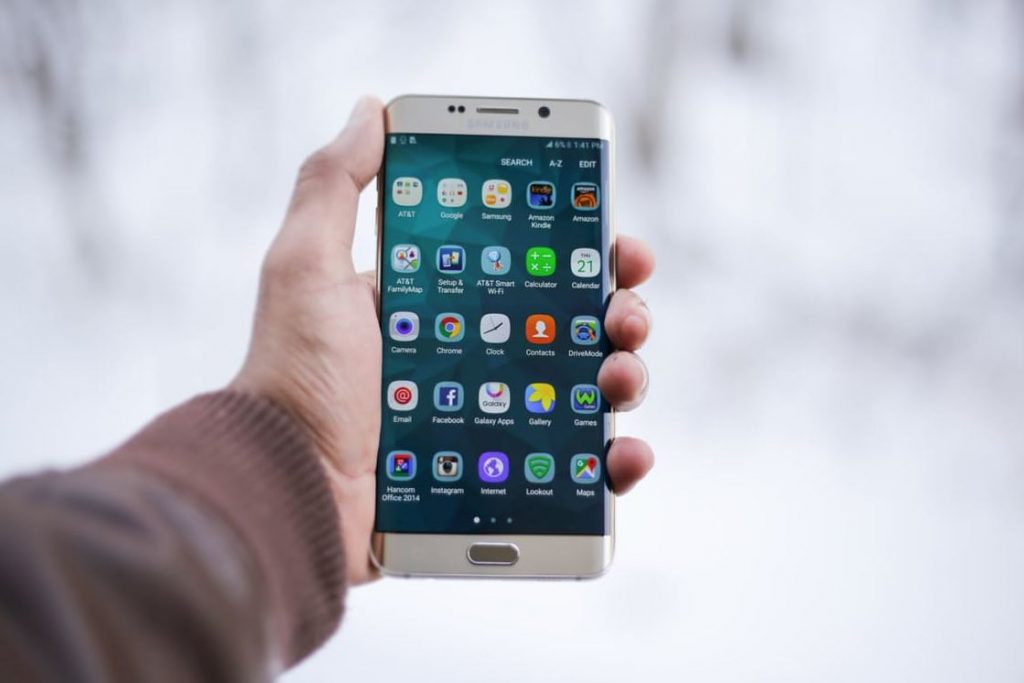Smartphones became popular in 2007 as a result of the technological vision and expertise of Steve Jobs of the Apple Company. By 2010, other companies had introduced their own version of the technology, and the smartphone began to be a common site, not only in western industrialized nations, but also in emerging countries throughout the world. According to Data Never Sleeps, phones generate 18 million megabytes of data every minute in the US alone, and have caused enormous changes in how people live. The technology continues to have an impact in how people live their everyday lives within their own cultures. Here are just a few of the surprising ways smartphones are changing the world:
1. Smartphones Save Lives In Remote Areas
Western culture is accustomed to the availability of medical care within easy reach of the citizens of a country. However, in emerging nations and in very remote areas of the world, doctors, nurse and hospitals are not easily accessed, and individuals who are ill must travel to more populated areas for their care. Smartphones are allowing these individuals to talk directly to a doctor to determine what they can do immediately to reduce symptoms and prevent further problems until they reach a medical facility where they can get intensive, hands-on treatment. In this way, smartphones are improving healthcare for more individuals all over the world.
2. Smartphones Are Reducing Poverty
In remote areas of the world, residents have no access to ordinary banking services. This lack of access makes it difficult for them to create a stable savings account, acquire loans or prepare for future financial needs. Smartphones are helping to bring banking to these remote parts of the world, so that individuals can more easily engage in commerce and take care of their everyday financial needs.
3. Smartphone Monitor Medical Conditions
Individuals with diabetes can use smartphones to send health data wirelessly to a pump that dispenses insulin to keep their blood glucose levels within normal range. Patients with heart problems can also use their phones to keep a detailed record of their heart rate throughout the day as they go about their normal activities. These and other uses for smartphones are helping to improve medical care for those dealing with long-term, chronic medical conditions, which will also help to reduce medical costs to the healthcare system.
4. Smartphones Help during Disasters
With climate change causing increases in the number and severity of natural disasters, the need to bring assistance to both well-populated areas and remote parts of the country becomes more pressing. Smartphones can help to coordinate rescue operations, transport of supplies to where they are most needed, as well as directing medical assistance to those who are most affected by the disaster. In addition, smartphones can help those in disaster areas communicate with friends and relatives who can help to provide support for the injured and displaced as they rebuild their lives.
5. Smartphones Can Help Individuals with Autism
Smartphones can also be used as a therapeutic tool for individuals with severe communications disabilities, such as autism. These individual can often use the keyboard of a smartphone more easily than communicating face-to-face with others. They can enjoy a greater connection with other people, as well as utilize the keyboard to practice communications skills. Smartphone keyboards can also help individuals who have experienced a stroke that has affected their ability to speak or understand language. Increased practice of communications skills can help to improve recovery rates for these patients.
Smartphone technology has triggered enormous changes in business and social interaction. Its capability has only begun to be implemented in cultures all around the world. In the future, this same technology is likely to create even more improvements in the areas of healthcare, education and industry, improving the standard of living for people everywhere.

